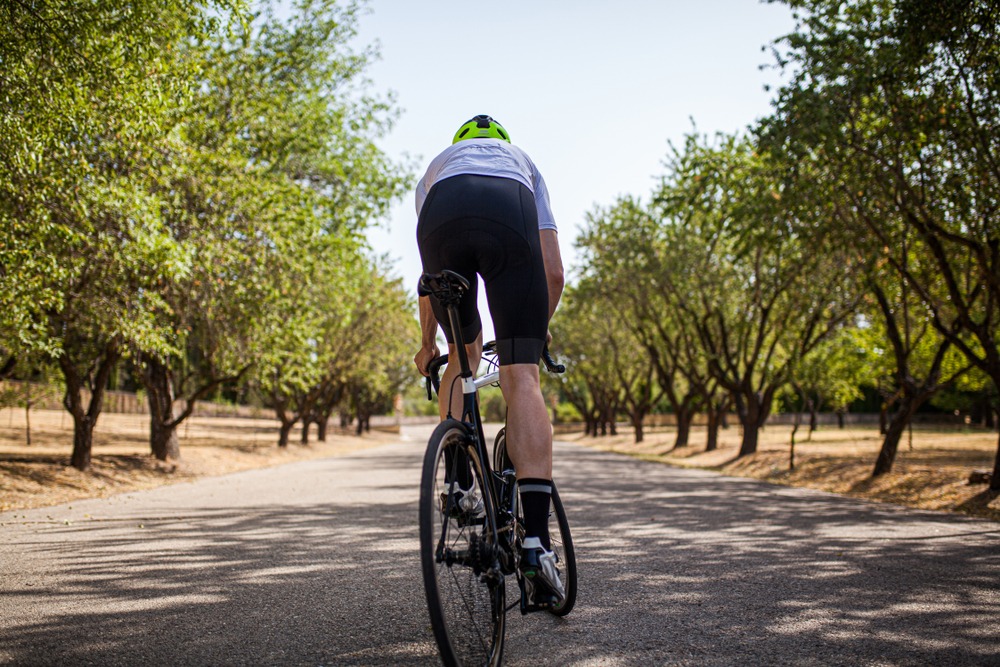 You’ve probably noticed that what you eat before training can affect the way you’re able to perform. The general guidelines for healthy eating, like focusing on high fiber and looking for high quality sources of protein, don’t always apply when we get within 60-90 minutes of training. In fact, sometimes the best thing we can choose leading up to a training session is the opposite of what we might choose when constructing a balanced meal.
You’ve probably noticed that what you eat before training can affect the way you’re able to perform. The general guidelines for healthy eating, like focusing on high fiber and looking for high quality sources of protein, don’t always apply when we get within 60-90 minutes of training. In fact, sometimes the best thing we can choose leading up to a training session is the opposite of what we might choose when constructing a balanced meal.
Here are some best practice guidelines on what to eat and what to avoid before different types of training.
High Intensity Workouts
High intensity efforts are highly dependent on carbohydrates, especially for efforts lasting less than 60 seconds (Benardot, 2012). However, the type of carbohydrate you choose matters. Within 60 minutes of training, athletes will want to focus on lower-fiber carbohydrates that will be easier to digest and pose less of a digestive burden (Kilding & Plews, 2020). To that point, you’ll want to avoid anything that could cause gastrointestinal irritation, such as cramping, bloating, or diarrhea, when you have a workout on the docket where your heart rate will be high (at or above zone 3, or 84-94% of your max heart rate).
Low fiber fruits (e.g., bananas, grapes, melon, and applesauce) and refined starches (e.g., white, sourdough, or honey wheat bread, white rice or white pasta, and low-fiber cereals) are a great way to load up glycogen stores without running the risk of gastrointestinal discomfort. Health-minded athletes are often surprised at this recommendation, as many of these foods have long been demonized by wellness culture. However, high performing athletes need to top off stored carbohydrate and blood sugar, while also starting training with an empty stomach (Benardot, 2012). As such, it is best to avoid foods that take your body longer to digest, including foods high in fiber, high in protein, and high in fat. Small amounts of protein may be tolerated, but it is important to trial these before any high stakes training session.
Endurance and Low Intensity Workouts
Prior to endurance and lower intensity workouts (where the heart rate remains below zone 2), athletes have a little bit more flexibility in the foods they choose. Athletes can generally choose foods with moderate amounts of protein and fiber without experiencing gastrointestinal distress (Benardot, 2012).
Fueling prior to lower intensity exercise is particularly important when the exercise exceeds 2-3 hours (Kilding & Plews, 2020). To best prepare for these long sessions, it’s ideal to include small amounts of protein and fiber in a pre-training meal because that can help prolong the release of carbohydrates into the bloodstream. This slow release can be achieved with something like a turkey sandwich on whole grain bread or a fruit smoothie blended with yogurt.
Try a Food Journal
These guidelines are meant to be a starting point, but no guidelines are more valuable than gathering a personal dataset to help you figure out what pre-training meals you respond to best, and how soon before training you need to stop eating to avoid discomfort.
For several weeks, write down what you’re eating within two hours of workouts, and pair this with observations you have about your performance. Indicate what type of workout you’re doing—endurance, restorative, high intensity—so you can begin to make connections between workout types and food choices. Over time, you will develop a personalized list of the foods that serve you best depending on the type of training you are doing. You will likely notice that the optimal pre-training meal will be different for a four-hour endurance session than it is for 90 minutes of tough intervals.
If you are trying any new foods, make sure you are doing so before training and not before competition. It’s also best to make any changes to your fueling plan gradually.
References
Benardot, D. (2012). Advanced Sports Nutrition. Human Kinetics.
Coggan Heart Rate Training Zone Calculator. (n.d.). Endurance Path. Retrieved March 3, 2023, from https://www.endurancepath.com/resources/coggan-heart-rate-training-zone-calculator/
Kilding, A. E., & Plews, D. J. (2020). What Should I Eat before Exercise? Pre-Exercise Nutrition and the Response to Endurance Exercise: Current Prospective and Future Directions. Nutrients, 12(11), 3473. https://doi.org/10.3390/nu12113473
Read more Spirit of Sport blog posts



